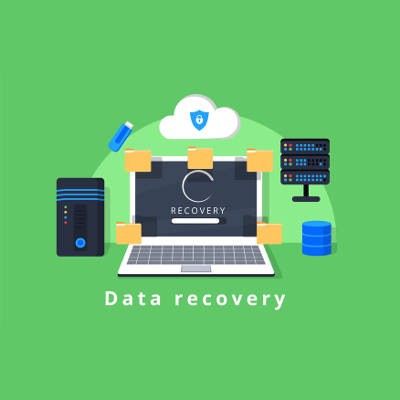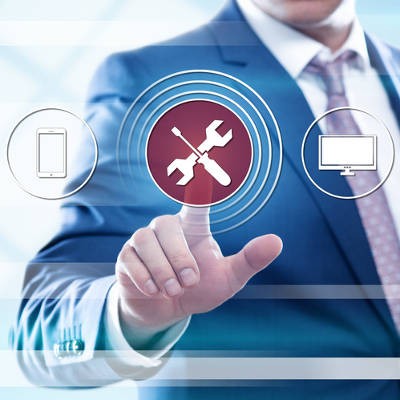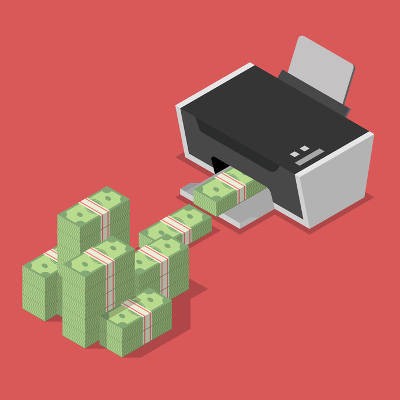Inefficiency is not something that you plan for. It just happens. It happens when processes get too big, have too many moving parts, or are bogged down by excessive oversight. It happens when purposes for certain tasks change or are abandoned altogether. Other times efficiency has a different look to it and makes your optimistic projections look foolish. Whatever the reason, inefficiency is more the rule than the exception, and it’s costing your business plenty. This month, we take a look at what efficiency actually looks like and how to do your best to achieve it.
Telesys Voice and Data Blog
Email is one of modern society’s best ways of staying in contact on both a business and personal level, but only if you’re effectively utilizing it. We’ll help you implement best practices and other methods to get the maximum benefit of your chosen email solution.
All that stands between hackers and your accounts’ data, be it personal information or sensitive business info, is a measly string of characters that may (or may not) be complex enough to thwart their attacks. We’re talking about your passwords, and for many businesses, they are the only thing protecting important data. We’ll walk you through how to make sure your passwords are as complex as possible, as well as instruct you on how to implement additional security features to keep your data locked down.
All businesses need help with their technology, whether they realize it or not. The question is how they receive that support. Some organizations have access to an in-house IT department that can act as an IT resource to on-premise employees, but others might not have employees dedicated to this role.
Maintaining a proper data backup system is one of the most important parts of business continuity, even if it’s something you’d rather not think about. If you don’t take data backup seriously, your organization is at considerably greater risk compared to what it would be like if you had it. We’ll walk you through the proper steps toward making your organization’s future more secure through data backup.
Password security is a tricky part of running a business. After all, it’s not just dealing with your own password, but those of the many employees all throughout your organization. In times like this, it’s helpful to provide them with a list of how to make the best passwords possible. Here are a couple of examples for what to do, as well as what you shouldn’t do, when building a proper password.
Technology management has always been a problem for small businesses. Whether it’s a matter of affording proper technology maintenance or not having enough time in the workday to get around to maintenance, it’s likely that your small business has to manage limited resources that make it difficult at best to make preventative maintenance occur. We’re here to tell you that there’s a better way to get the IT help you need.
Technology is a complete necessity these days. It’s been proven that, by integrating some technology strategically, businesses can solve major operational problems that many smaller businesses and start-ups can’t. Today, we will ask three questions about business tech that any technology-savvy individual should know, and explain why you should know them.
There are certain processes within an organization that take a considerable amount of time to do. These include applying patches, monitoring network traffic, and updating software as needed. While it might seem like something your business can handle on its own, some small organizations struggle to accomplish everything they set out to do--especially with a limited budget or workforce. Our staff’s powerful monitoring and management tool can aid in this initiative.
Let’s face it; nobody wants to talk about disaster recovery, as even invoking these words makes the possibility a reality. Unfortunately, this is something that has to be discussed, as your business depends on it. This might seem like hyperbole, but if you knew what is at stake, you’d likely agree with us.
Technology innovation in the workplace is something that is constantly shifting and changing, depending on what’s hot at any specific time. These days, it might seem like office technology innovation is stagnating, but we assure you that it’s still constantly improving. We’ll walk you through some of our favorites to improve data accessibility and workplace productivity as a whole.
The way that an organization handles risk is a big deal. Despite being born out of opportunity, opening a business itself can be looked on by many a major risk. As a result, every business should be looking to manage their risk. Today, we take a look at the role risk plays in business, and how IT, for all its benefits, carries with it some risk.
When it comes to innovation, you’d be surprised at what you might be capable of with the right solution. Collaboration in particular opens the floodgates to productivity, and with the right kind of collaborative and innovative technology, you’ll be able to unlock a whole new level of progress for your business. We’ll discuss some of the most important aspects of innovative collaboration and how your business can start taking advantage of it.
Nothing lasts forever; this phrase is true regardless of which industry you’re in or business you run. We all use technology in the office to a certain extent, and the ugly truth is that someday that technology will fail. It’s critical that you monitor technology for warning signs prior to its failure so as to avoid costly repair bills and rushed replacements. You might be surprised by how much you save as a result.
Businesses deal with compromises every day, whether it’s leaving late to let someone else get an early out or coming in on your day off to get a critical project finished on time. One of the compromises you absolutely don’t want to leave out is your business’ future. It’s up to you to acquire a solution that minimizes downtime without costing your organization an arm and a leg, but this is much easier said than done.
People have come a long way in a very short amount of time. The development of tools designed to make tasks easier have pushed people from hunter/gatherers across the known solar system in the matter of only a few thousand years. One way humans are able to do so much with seemingly so little is though ingenuity, but another is through consolidating management.
When looking to cut costs in the workplace, one of the best places to start looking is at your printing costs. While paper documents were once incredibly important for businesses (they still serve a function), no one can deny that they take up a considerable amount of space in the workplace, as well as take up precious assets that could be better spent elsewhere. What’s the best way to minimize the resources you spend on printing?
The cloud is the perfect outlet for businesses to improve productivity, but the degree to which this statement is true depends on the business and how much it leverages the cloud. If you’re not sure if your business can be utilizing the cloud in a more efficient way, perhaps we can help you make this determination and improve the way you take advantage of this technology.
An engaged employee will be invested in the future of your company, as well as their own future that they can see within your business. Unfortunately, research showcases that the numbers don’t look so bright for employee engagement in the workplace. According to a 2015 poll from Gallup, only about 30% of employees find themselves engaged in the workplace, while about 50% say they aren’t engaged with their work, and 20% claim to be actively disengaged by their workplace.
The funny thing about entrepreneurs is that they have to be very detail-oriented in order to find any modicum of success. This often leads them to inevitably becoming controlling people overall. For years the technology has been present to utilize remote workers, but only recently has the practice become commonplace. This is largely because businesses have begun to seriously consider reducing costs as a strategy to gain profits.
Mobile? Grab this Article!




















